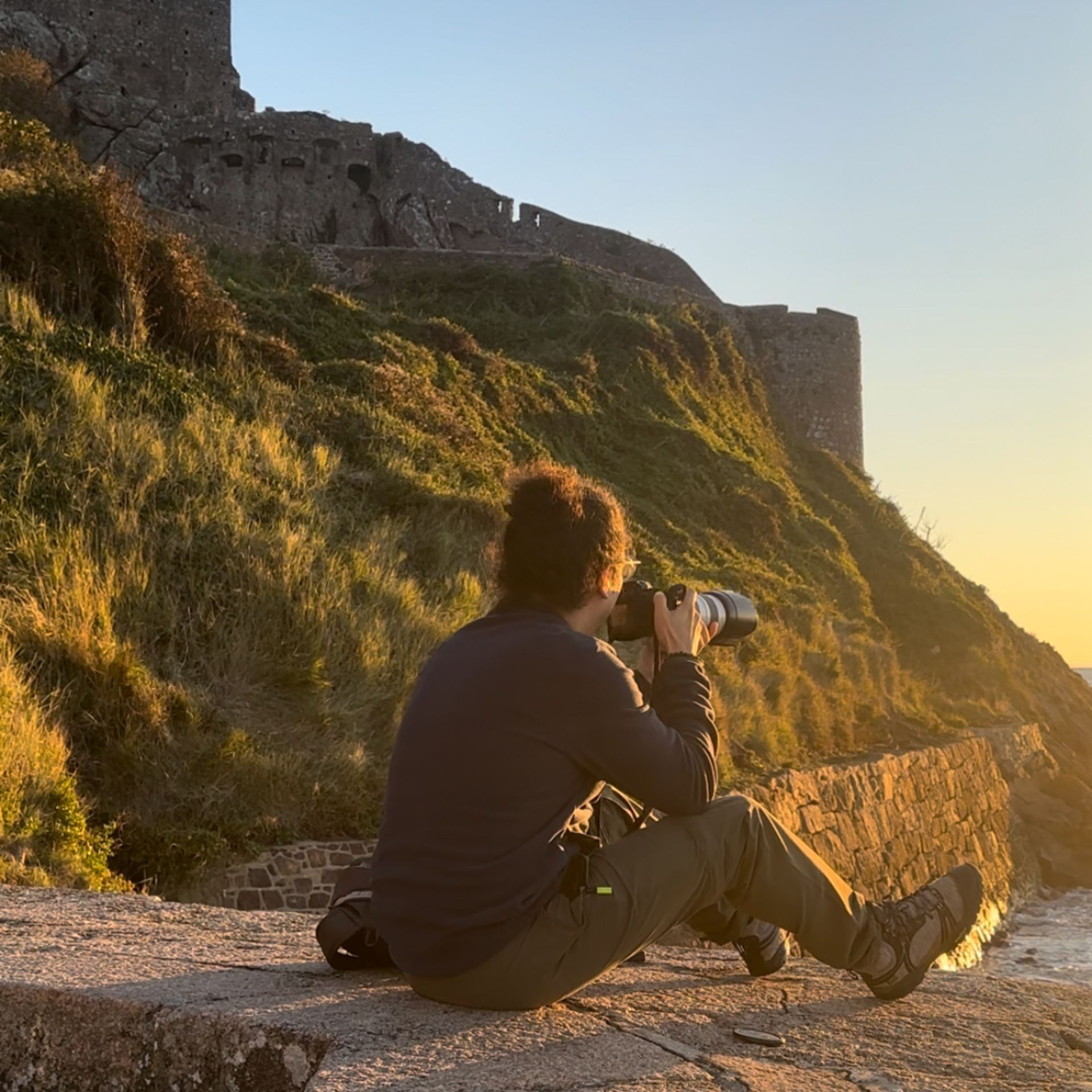In Germany two things happen when you order water in a restaurant: First, there is a big chance it’s carbonated and second, it’s not complementary.
One of my biggest surprises when I moved to Germany back in 2009 was the Germans’ love for sparkling water. It´s true that consumption of carbonated water has been rising lately in the American markets and brands like Perrier or Schweppes are no longer symbols of fancy restaurants and cocktails bars only. However, when it comes to daily consumption of carbonated water, the Germans have held the first place since the invention of carbonated drinks itself.
Read more: Can you recognize all these Mexican dishes?

A love relationship that goes back to the end of the 18th Century
Mineral springs have been known as water sources in Germany for many centuries. Germans loved their mineral water and the more unique and particular the taste, the more expensive and exclusive it became. Naturally carbonated mineral springs in Selters and Gerolstein became very popular. Carbonated water had this fizzy sensation and slightly acidic taste, which made locals believe that water from these sources simply had to be healthier and fresher. However, only the elites in the country were able to access these waters. It was not until 1767 that everything changed.
German Joseph Priestley was the first to invent a method to carbonate water. His concept used sulfuric acid and powdered chalk to recreate a very similar taste as the naturally carbonated mineral water. He even wrote a paper about it. However, without getting much attention, another guy, Jakob Schweppe, decided to take some years later his process to a new level.
Schweppe improved Priestley´s method and founded a company able to take water from any spring in Germany and carbonize it. Germans from all social statuses were finally able to drink the same exclusive water that used to be available only to the wealthiest and most powerful people in the country.
Read more: How Finnish food connects culture and nature
Read more: The project turning air into drinking water

Sparkling water: It´s more than just the minerals
Germans´ love for carbonated water has only grown since then. Around 78% of bottled water consumed in Germany is carbonated and very rarely I meet a German friend who prefers to drink non-carbonated tap water. Carbonated water has become part of German tradition and, as many of us when it comes to tiny details of our own culture, most Germans don´t have any idea where it comes from.
Some Germans say it’s because of the amount of minerals you get when you buy bottled water, others say that it simply tastes better. And although German tap water is ranked among the safest and best tasting in Europe, you will see families carrying packages of six 2-Liter bottles of water out of the supermarkets all the time.
Read more: The Thai market located in the heart of Berlin

Carbonated water is part of German culture and comes with all kinds of variations: medium sparkling, full sparkling, mineral and even “Heilwasser” (healing mineral carbonated water). This is one of the most curious traditions I have found in this country.
Now, having lived here in Germany for more than 10 years, I think the love for the taste of carbonated water has grown on me. However, since this love is more about taste than the minerals, I even have a water carbonator at home and every month I go to a store a few blocks away to get a CO2 canister so I can get my water with bubbles.
Read more: How climate change is transforming the future of wine
Read more: Boofen, the wild way of cave camping in Germany’s Saxon Switzerland







